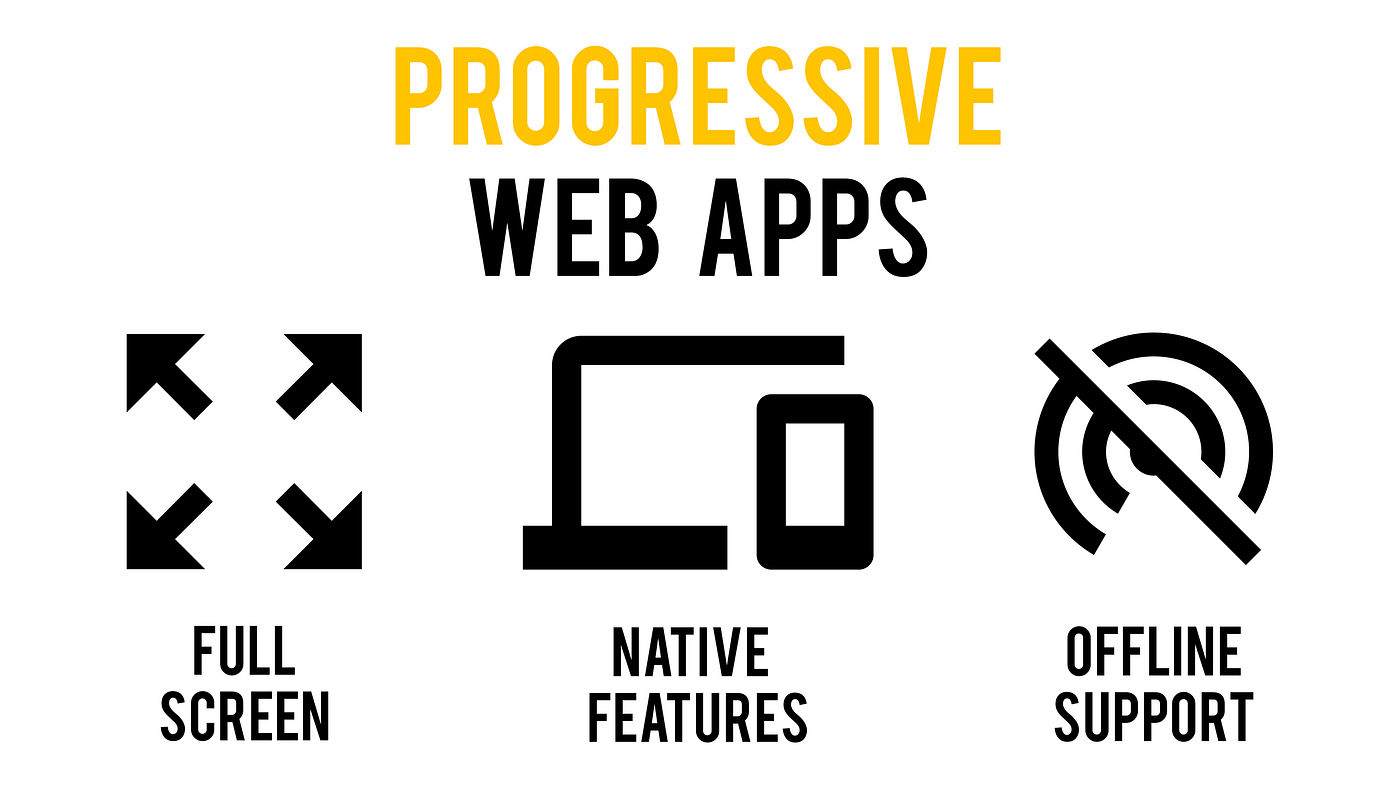Here’s something that might surprise you: I’ve been watching mobile app trends for over a decade, and 2025 feels different. It’s not just about the next shiny feature anymore—it’s about survival.
The mobile sector is moving into a transformational stage and 2025 will be the year that will make mobile experience the whole thing. As AI, IoT, foldable devices, and immersive interfaces develop rapidly, the trend among various businesses in Canada is the move towards quicker, smarter, and more personalized apps.
In the case of firms that want to remain competitive, it is necessary to implement these new technologies and partner with a trusted mobile application development firm. Being one of the most recognized Android applications development companies and iOS applications development companies, Noukha will enable companies to develop platform-independent digital solutions that can be deployed without failure.
Mobile experiences powered by AI will take over
 Remember when Netflix started suggesting shows that were eerily perfect for your mood?
Remember when Netflix started suggesting shows that were eerily perfect for your mood?
Artificial Intelligence is not a choice anymore, it is taking the foundation of the current mobile applications.
By 2025, AI based apps would provide:
- Highly personalized to a user content and suggestions.
- Anticipate user behavior to improve engagement.
- Smart chatbots to provide an automated customer service.
- Improved biometric authentication security.
Companies in Canada implementing AI in mobile application development will be at a substantial competitive edge, and will provide customer experiences that adapt to user requirements.

The Emergence of IoT-Embedded Mobile App Development
IoT mobile applications are also gaining high demand due to the need of more connected lifestyles among users.
Mobile apps will serve as the control centre of smart homes, wearables, and industrial IoT systems.
The main advantages of apps that integrate IoT are:
- Real-time monitoring
- Remote device control
- Efficiency of operations.
- Fluent user- device interaction.
Implementing IoT apps in the development of Canadian enterprises will be able to boost automation and the process of workflow optimization in such areas as health, logistics, and manufacturing.
Folding Mobile devices reshaping the UI/UX
Foldable phones have presented a completely different design problem to the developers. Mobile applications will also have to be capable of running adaptive layouts in 2025 to guarantee perfect functionality with foldable screens.
What users expect:
- Multi-window capability
- Smooth screen transitions
- Improved multitasking capabilities.
- Dynamic and adaptive UI/UX.
By collaborating with a reputable mobile application development firm in Canada, you will be assured that your application is configured to run on the next generation devices.

AR and VR are the elements of immersive interfaces
AR and VR are altering the interaction process of users with mobile applications.
In online shopping, education, and gaming, the immersive technologies provide interactive and interesting experiences.
In 2025, AR/VR will be crucial for:
- Product visualization
- Virtual tours
- Training and simulations
- Navigation and learning in real time.
The companies that will embrace AR app development and VR app development will be distinctive in their innovative and unique customer experience.
Success will be characterized by speed, security and performance.
The demand of speed and reliability among the users is at an all time high. Mobile apps in 2025 must offer:
- Blazing fast loading time.
- Smooth navigation
- Good data privacy and security.
- Low power usage.
As cyber attacks continue to rise, it is necessary to invest in safe mobile app development services to safeguard data and ensure that the standards are in line with Canadian standards.
Reasons why Canadian Businesses should collaborate with Noukha
Companies that wish to keep abreast with these recent trends require more than the simple app development, they require a strategic technology partner.
Noukha specializes in:
- Android app development
- iOS app development
- AI-powered mobile solutions
- Custom mobile apps development services
- UI/UX design on next gen devices
Noukha is a company that puts a huge emphasis on innovation, performance, and user experience because it creates apps that are future ready, scalable, secure, and highly engaging to businesses in Canada.
Noukha has the knowledge to pull ahead of competitors if your company desires to take advantage of the most influential trends in mobile app development in 2025.
Frequently Asked Questions (FAQs)
Q1. What do we consider the largest mobile app development trends 2025?
The most important trends of 2025 are AI integration, IoT connectivity, and optimization of foldable devices, Immersive AR/VR interfaces, and better performance.
Q2. What is the relevance of AI in mobile app development?
It makes apps smarter and more convenient, and with the help of AI, personalization, increased engagement, decision-making, and security are reinforced.
Q3. Should Canadian businesses embrace the use of IoT mobile applications?
Yes. The IoT-enabled applications assist firms in automation, cost-efficiency, and real-time information, which have benefited the sectors in Canada.
Q4. What is the effect of foldable devices on the design of mobile apps?
The Foldable screens need to have adaptive UI/UX layouts so as to provide smooth transitions, multi-window functionality, and optimized visual experience.
Q5. What is so special about Noukha as a mobile app development?
Noukha is the provider of professional Android and iOS applications, customization, AI, secure architecture, and advanced designs to meet Canadian company requirements.



